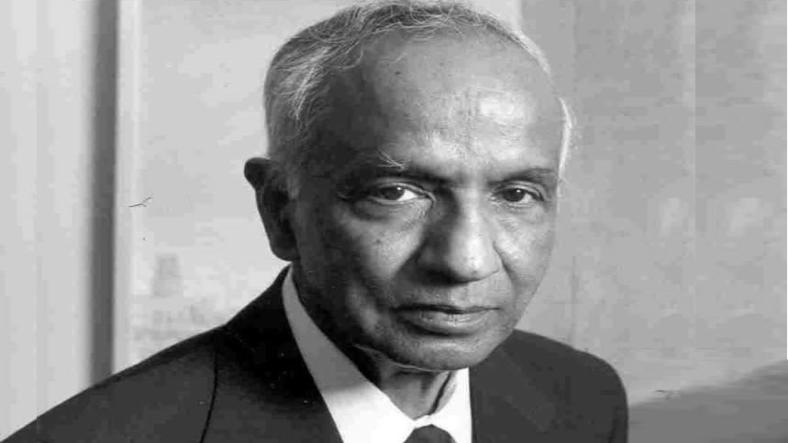Subrahmanyan Chandrasekhar (1910-1995) was a distinguished astrophysicist whose groundbreaking work in theoretical astronomy profoundly reshaped our understanding of stellar and galactic phenomena. His contributions, particularly in the study of stellar evolution and black holes, earned him the Nobel Prize in Physics in 1983, marking a significant achievement in the field of astrophysics.
Early Life and Education
- Birth and Background: Born on October 19, 1910, in Lahore, British India (now Pakistan), Chandrasekhar hailed from a family with a strong academic background. His father, Chandrasekhar Subrahmanya Ayyar, was a distinguished astronomer and mathematician.
- Academic Pursuits: Chandrasekhar began his higher education at Presidency College in Chennai, where he studied physics under the guidance of notable scientists. His academic journey took him to Cambridge University, where he worked under Sir Arthur Eddington, a leading figure in stellar astrophysics.
Scientific Contributions
- Stellar Structure and Evolution: Chandrasekhar’s most celebrated work revolves around the structure and evolution of stars. His research on the Chandrasekhar limit, which determines the maximum mass of a white dwarf star, was pivotal in understanding stellar remnants. According to his findings, a white dwarf exceeding this limit would collapse into a neutron star or black hole.
- Black Hole Theory: Chandrasekhar made substantial contributions to the theoretical framework of black holes. His work laid the foundation for understanding how massive stars end their life cycles, leading to the formation of black holes. His collaboration with other scientists in the field, such as James Peebles and Roger Penrose, further advanced the study of these enigmatic objects.
- Hydrodynamics and Stellar Atmospheres: In addition to his work on stellar evolution and black holes, Chandrasekhar also made significant contributions to hydrodynamics and the study of stellar atmospheres. His research provided valuable insights into the dynamics of fluids and the physical processes occurring in stars.
Awards and Recognition
- Nobel Prize in Physics (1983): Chandrasekhar was awarded the Nobel Prize in Physics in 1983, sharing it with William A. Fowler. The award recognized his theoretical studies of the physical processes important to the structure and evolution of stars.
- Other Honors: Throughout his career, Chandrasekhar received numerous accolades, including the Copley Medal from the Royal Society and the Bruce Medal from the Astronomical Society of the Pacific. His contributions were widely acknowledged and respected in the scientific community.
Academic and Professional Career
- Teaching and Mentoring: Chandrasekhar served as a professor at several prestigious institutions, including the University of Chicago, where he was a faculty member for over four decades. His role as a mentor and educator greatly influenced the next generation of astrophysicists and researchers.
- Publications: He authored several seminal books and research papers, including "Introduction to the Study of Stellar Structure" and "Hydrodynamic and Hydromagnetic Stability". These works continue to be essential references in the field of astrophysics.
Legacy
Subrahmanyan Chandrasekhar’s contributions to astrophysics have left an enduring legacy. His theoretical work has profoundly shaped our understanding of the life cycles of stars, the nature of black holes and the dynamics of celestial objects. His pioneering research continues to inspire and guide astrophysicists and researchers in exploring the universe’s mysteries.
Conclusion
Subrahmanyan Chandrasekhar’s remarkable career as an astrophysicist and his groundbreaking contributions to the field underscore his role as one of the foremost scientists of the 20th century. His work not only advanced our knowledge of stellar and galactic phenomena but also set the stage for future discoveries in astrophysics. Chandrasekhar’s legacy endures through his scientific contributions, his influence on the field and his role in shaping the course of modern astronomy.
Thanks for reading the article, for more great peoples related articles read our peoples blog articles.










